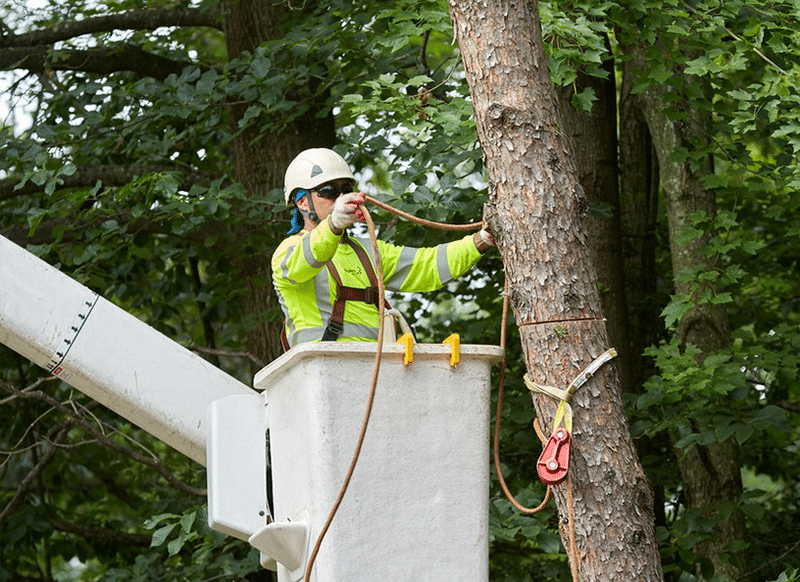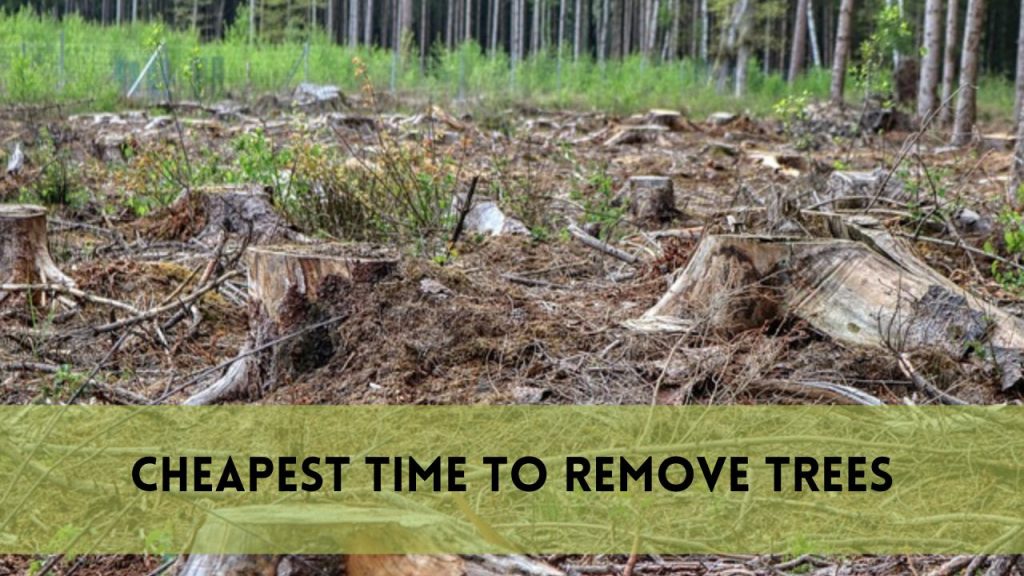Tree propagation is an intriguing and environmentally friendly means of expanding your garden and growing new trees without resorting to more intrusive methods such as pruning. By rooting a tree branch without cutting it, you may keep the parent tree while supporting the growth of a new one. This approach is part of the larger realm of horticulture and arboriculture, in which people have long sought inventive and sustainable methods to reproduce their favorite trees. Rooting a tree branch is a useful skill that every nature lover may learn.
Why Root a Tree Branch Without Cutting?
The motivation to root a tree branch without cutting is rooted in a profound respect for the natural world. The desire to propagate trees while minimizing harm to the original tree stems from an appreciation for the environment and a desire to share this experience with others.
When you choose to root a tree branch, you’re making a conscious decision to leave the parent tree unscathed and thriving. In doing so, you’re contributing to the ecological balance and enhancing the green spaces around you. The new tree you propagate can be a living testament to your commitment to preserving the beauty of nature.
When to Root a Tree Branch?
Choosing the Right Season
Timing is crucial to the success of tree branch roots. The optimal time to start the procedure is in the spring or early summer, when the tree is in an active growth phase. During this period, the tree’s metabolic activity is at its highest, making it more responsive to the propagation process.
The warmth and longer daylight hours of these seasons create an excellent environment for root growth, boosting the chance of a good result. These circumstances promote nutrient and water absorption, which is critical for good root growth.
Materials you’ll need
- Healthy tree branch
- Pruning shears
- Rooting hormone
- Pot or container
- Well-draining potting mix
- Plastic wrap or a plastic bag
- Rubber bands or twine
- Watering can
How to Root a Tree Branch without Cutting?
Choosing the Healthiest Branches
The health of the chosen branch is critical to the propagation process’s success. A healthy branch is more durable and capable of developing roots and thriving as a new tree.
Examine the selected branch for any symptoms of illness, insect infestations, or other problems. Such issues might compromise the propagation’s success, so it’s critical to begin with a branch in outstanding health.
Rooting Your Tree Branch
Branch Pruning
Make a clean cut on the chosen branch with your pruning shears. Cut a 6- to 12-inch-long portion. Cut slightly below a node, which is a little raised hump on the branch where leaves or buds grow. The roots will grow here.
Use rooting hormones
Dip the branch’s cut end into rooting hormone. Follow the instructions on the product packaging to ensure proper use. Rooting hormones include growth-promoting chemicals that promote root development.
Set up the Pot
Fill your selected pot or container halfway with well-draining potting mix. Create a hole in the earth to accommodate the branch. The hole should be 2 to 3 inches deep to allow for healthy root growth.
Plant the Branch
Insert the cut end of the branch into the hole you dug in the dirt. Place it securely, ensuring that it is placed at the required depth. Gently massage the earth around the branch to keep it in place and in excellent touch with the soil.
Construct a Mini Greenhouse
Wrap the entire pot or container with plastic wrap or store it in a plastic bag. This is done to generate a microclimate similar to that of a greenhouse. The plastic covering traps moisture and creates an excellent environment for root growth. Rubber bands or twine can be used to hold the plastic in place.
Place in Indirect Light
Place the potted branch in an area that receives indirect sunlight. Avoid placing it in direct sunlight, which can be too harsh for the young plant and cause it to dry out or grow stressed. A location with filtered or diffused sunlight is optimal.
Maintain Moisture
Maintain a consistent amount of soil moisture. It is critical to maintain the soil continuously moist but not wet. Overwatering can cause problems such as root rot. The plastic covering will help maintain moisture, but water the branch as needed to keep it from drying out.
Keep an eye on growth.
Keep a close check on the branch in the next weeks and months for evidence of root formation. You may test this by gently pulling on the branch to see whether it resists being taken out of the soil. If the branch resists removal, it means that roots have begun to grow.
Transplant
When your branch has formed a robust root system, it is time to transplant it to its permanent place. Remove the branch from the container with caution, being careful not to harm the freshly established roots. Plant it in your ideal area, taking into account elements such as the quantity of sunshine and soil type that the individual tree species demands.
FAQs (Frequently Asked Questions)
Can I root a tree branch from any tree species?
While many tree species can be propagated using this method, it’s essential to research the specific requirements for your chosen species, as success rates may vary.
How long does it take for a tree branch to effectively root?
The period necessary for effective rooting might range from a few weeks to many months. The period will be influenced by the technique used and the tree species being propagated.
Is this procedure applicable for indoor plants as well?
Yes, this procedure may be utilized for indoor plants. However, make sure that these plants get enough sunshine and attention during the root phase.
When is the best time of year to start tree branch rooting?
The best time to begin tree branch roots is in the spring or early summer, when the tree is in active development and the branch is most responsive to propagation.
Can I root several branches from the same tree?
Yes, you may root several branches from the same tree. To prevent injuring the parent tree, choose branches from various places for propagation.
Conclusion
Root a tree branch without cutting it is a rewarding and ecologically friendly approach to enhancing your natural surroundings. You can effectively propagate new trees while retaining the integrity of the parent tree by following the step-by-step approach. It’s a wonderful experience that links you to nature and improves the green places around you. Participate in an eco-friendly technique to help the environment by fostering new life while leaving the parent tree alone.




